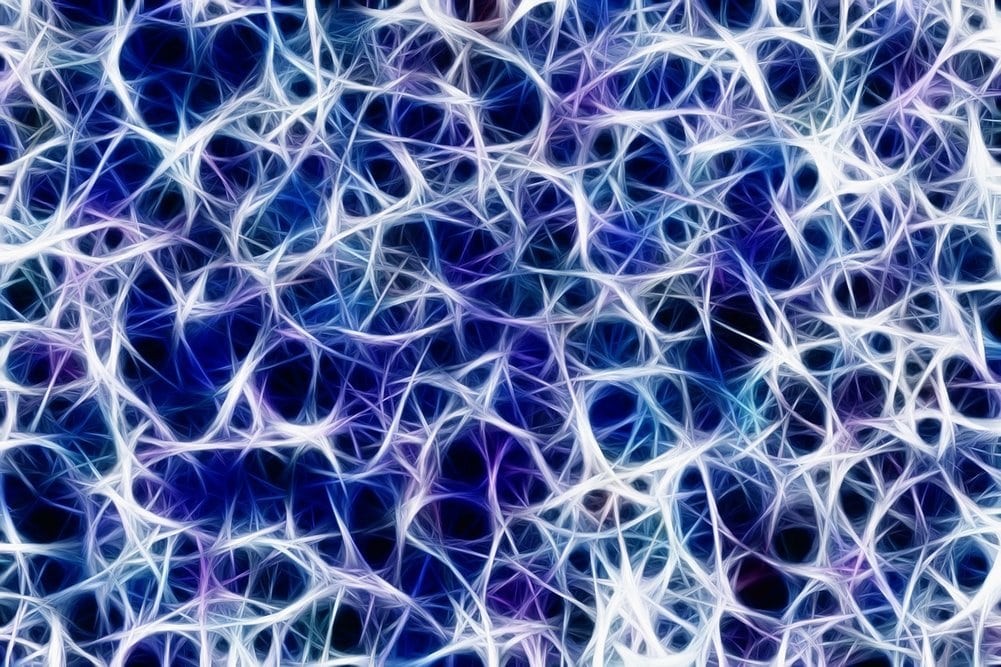Mesenchymal stromal cell use in treating severe graft-versus-host disease.
The Graft-versus-Host Disease (GvHD) is a disease resulting from allogeneic bone marrow transplantation which is the only effective therapy for some hematological disorders that include leukemia. GvHD occurs in a third to a half of transplant patients, of which the majority can be successfully treated with corticosteroids and monoclonal antibodies. However, in a small proportion of patients these treatments are unsuccessful, and for these patients GvHD can be a severe disease where the immunological response is highly effective in attacking and destroying patients’ organs (mainly intestines), lungs and skin. Without effective treatment they have no chance of survival.
By 2004 researchers from Karolinska University Hospital in Huddinge, Stockholm had already successfully used cultivated mesenchymal stromal cells (MSCs ) from a patient’s mother to treat severe GvHD (Le Blanc et al, 2004). This finding was backed up in 2008 with a clinical study on 55 patients, of whom 30 patients responded completely and 9 showed significant improvements (Le Blanc et al, 2008).
In the fall of 2014, a pediatrician from the University Medical Centre Ljubljana, Slovenia, contacted researchers from Educell, a Slovenian tissue engineering company, to see if it was possible to try this treatment on a young patient with life-threatening GvHD that was affecting his skin and intestines. Educell at that point had had more than 15 years of experience in cell cultivation, including cultivation of MSCs for long bone defects, and had certified laboratories for cell cultivation intended for treatment. As the treatment was the only option for the patient (there was no other conventional treatment left to try) the National Medical Ethics Committee approved the use of MSCs and the Agency for Medicinal Products and Medical Devices supported the Ethic Committee’s decision.
About a month after the start of the correspondence between Educell and University Medical Centre Ljubljana, the patient’s father donated bone marrow which was cultivated so that the patient could receive his first dose of the cell product, and this improved his condition by reducing his overactive immune response. He later received two more cell products which caused him to gain weight and strength, so much so that he was able to temporarily return home for the New Year’s Eve after a year in hospital trapped in a bed.
The treatment is currently available in some hospitals around the world, unfortunately however patients are still dying from the disease in most other hospitals. The main obstacle for broader use of the technique is regulatory, because a cellular product, manufactured for and applied to one specific patient, is equated to a pharmaceutical drug, which is manufactured and distributed to millions of patients. Unfortunately the majority of laboratories which are capable of cell cultivation are small entities with limited resources, and thus have a limited ability to perform the multi-centric clinical studies required for over-the-counter drugs. Thus the gap between what laboratories are capable of doing and what they are allowed to do is often too broad to overcome.
As the medicine progresses, so will cellular therapies: who wouldn’t choose his or her own cells over chemical based drugs? For the broad use of such therapies regulatory bodies will have to think a lot about the patients receiving and the laboratories providing these services and how to ensure efficient cooperation between the two for the sake of these patients.
By Lenart Girandon, PhD, Educell LLC










